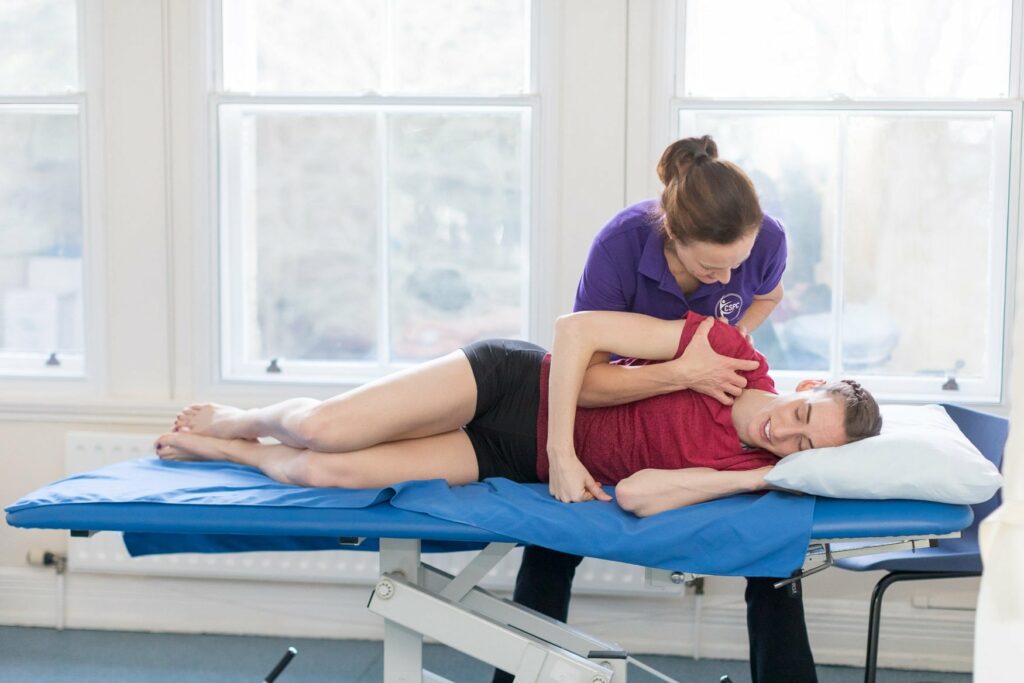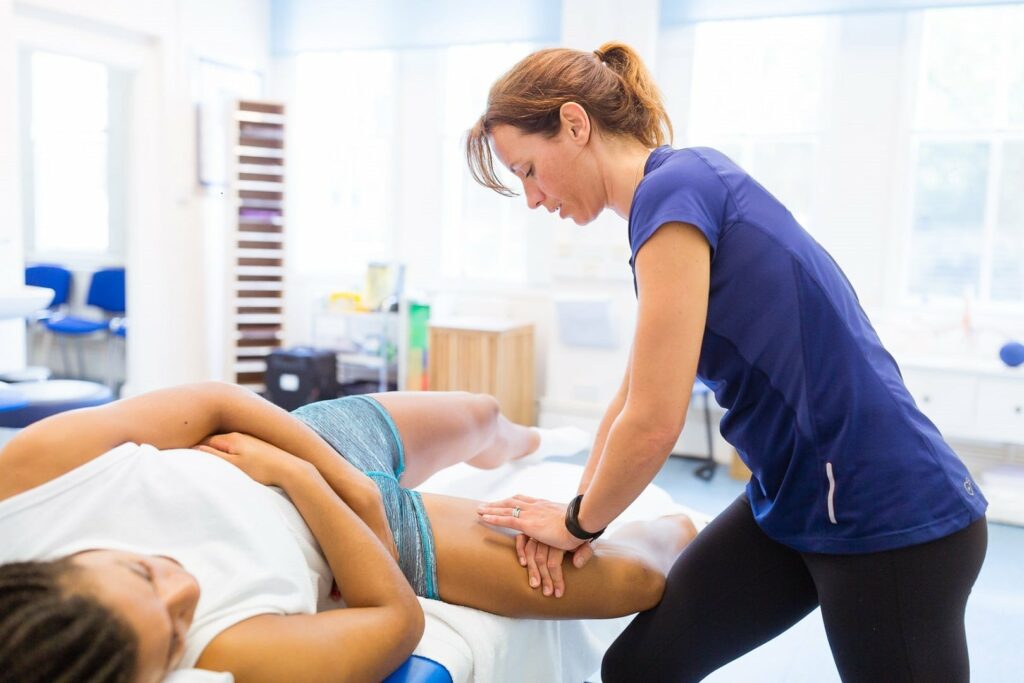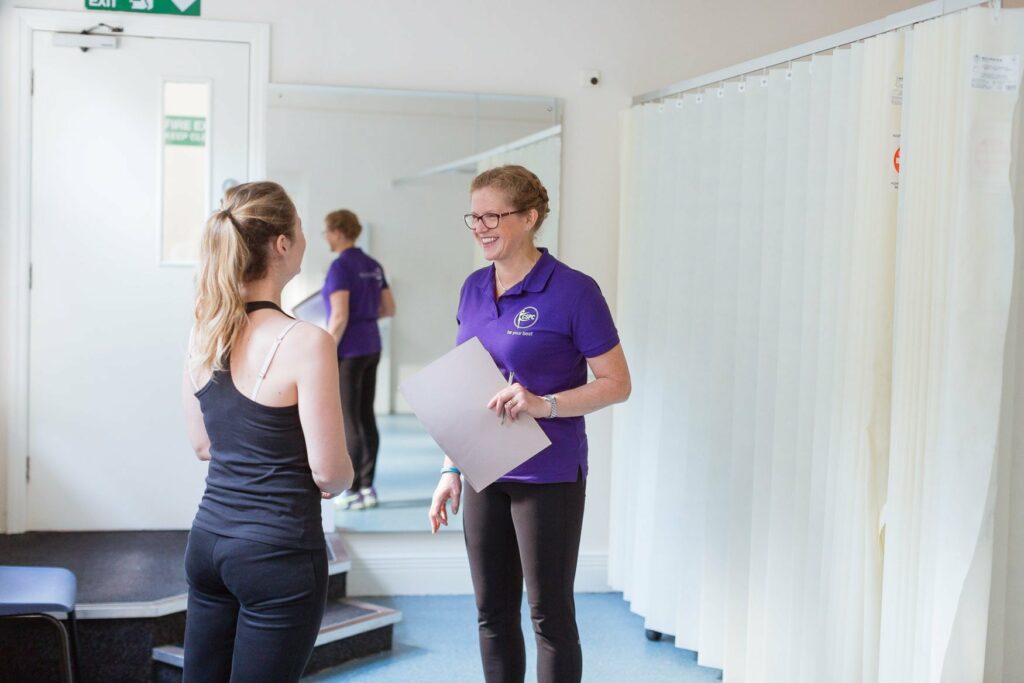Effects of pregnancy on the musculoskeletal system
Pregnancy is an amazing and exciting time. Your body is adapting to accommodate your growing baby and this results in many changes. Below is a short summary of the changes that will occur throughout your pregnancy.
At CSPC in Leeds, we are keen for you to enjoy your pregnancy as much as possible, so please get in touch with our admin team if you want to know more about how physiotherapy might be able to help you.
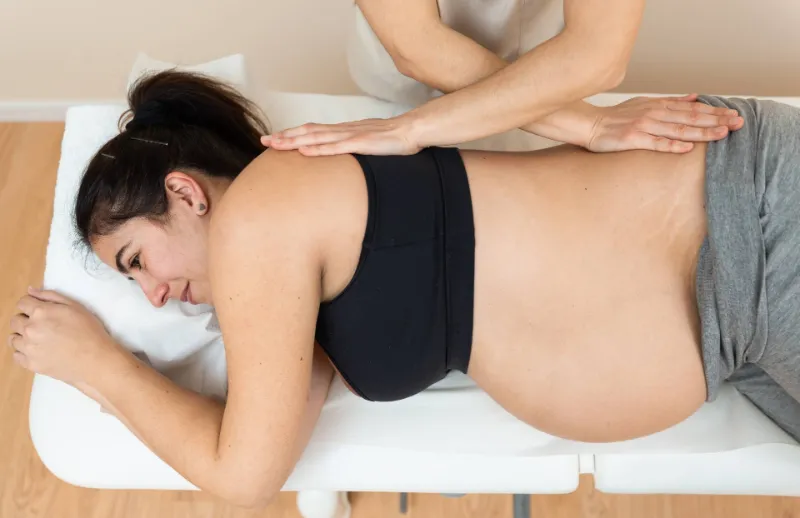
Relaxin
Core control and strength
Visceral issues
There are a number of potential effects on the organs , that begin to occur during pregnancy and can continue post pregnancy. As the baby grows and the uterus becomes larger, there is increased pressure on the kidneys (which also increase in size during pregnancy), the liver, and stomach, as well as the other organs. This reduces the mobility of the diaphragm, which will affect breathing, digestion, and bowel function and this can continue after the baby is born. There is also increased pressure on the bladder. Reduced mobility in the visceral system can cause stiffness and pain in the back, altered alignment in the pelvis and neural symptoms.
Pelvic and spinal alignment
Pelvic floor
Carpal tunnel syndrome
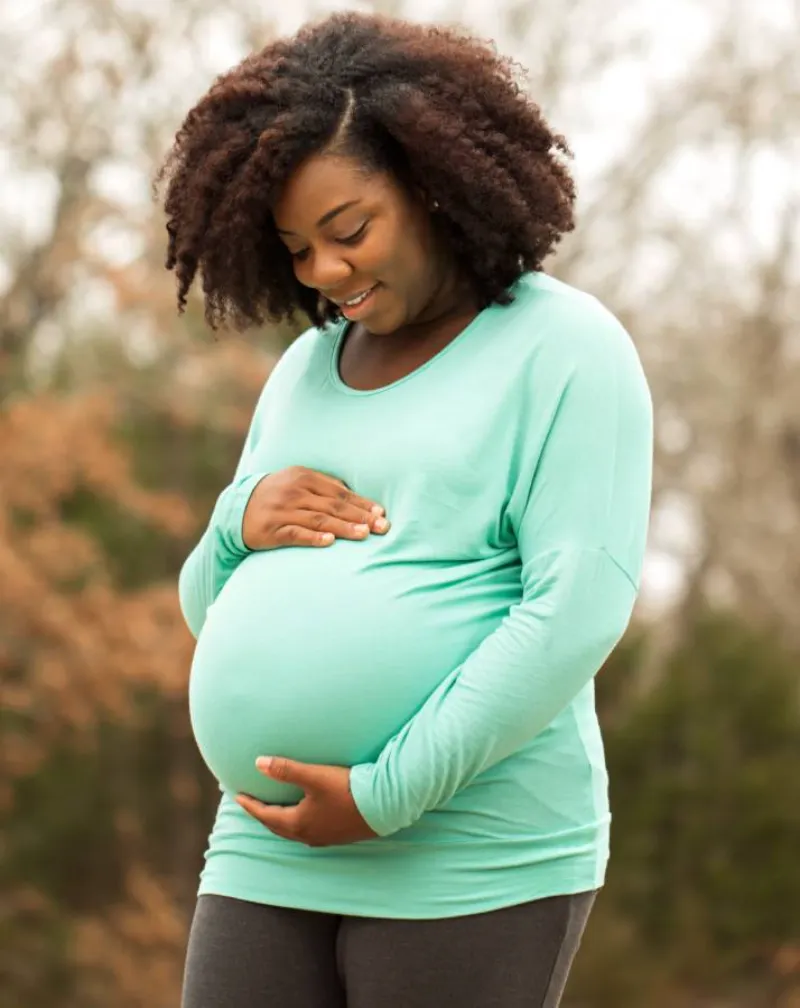
Upper back pain
Postural changes, increased laxity in ligaments, greater weight anteriorly due to the baby bump, a larger bust size, and breast feeding will all contribute to upper back pain. It is recommended that attention is paid to posture, both during pregnancy and after the birth. Using a pillow or two to support the baby on your lap when feeding will help to take some pressure off your upper back. A supportive bra can also help to relieve upper back pain.
Pectoral muscles (the muscles across the front of the chest) also get tight due to sitting in a more rounded position. Stretching these can help to maintain posture by helping to prevent rounded shoulders.
Laxity in ligaments in the feet
Relaxin not only affects the ligaments around the pelvis but can also have a marked effect on the ligaments in the feet, which are also under increased strain due to increased body weight.
It is advisable to wear supportive shoes, and wear orthotics if you have been prescribed them, even around the house, especially if your ligaments have become very loose and you can see that your feet are becoming more flat than usual.
Swelling in legs
Pain under ribs/ heartburn
Stretches and strengthening
MEET THE TEAM
Constantly challenging ourselves to be the best
See why patients
love CSPC Physiotherapy

